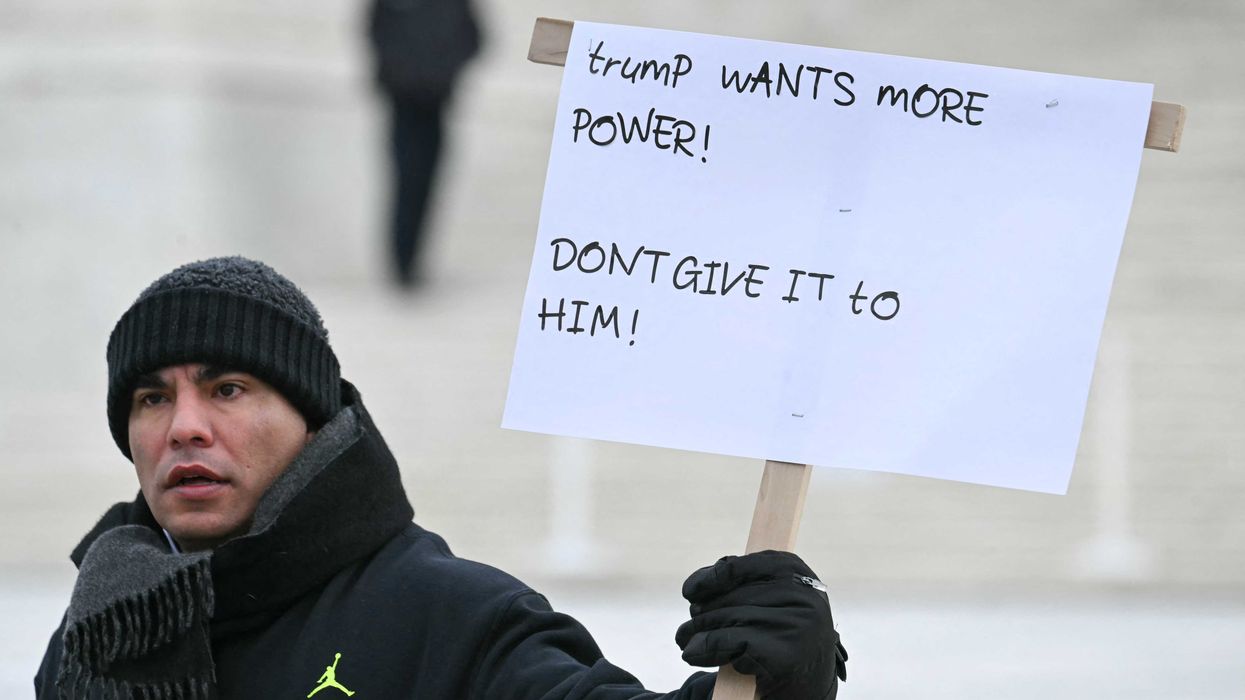Recently we presented a parade of indicators published by Grant Williams and Lance Roberts that warned of an approaching market correction as well as a coming economic recession.
The key message was: When smart analysts independently find the same patterns in the data, it's time to take notice.
Many prudent investors did exactly this by participating in our recent Dangerous Markets webinar, which featured Grant and Lance.
In it, both went much deeper into the structural fragility of today's financial markets and the many reasons why economic growth will remain constrained for years to come.
The excessive build-up of debt in the system -- and the absolute dependence on its continued expansion to keep the economy from imploding -- is, of course, seen as the prime risk to future growth.
As Lance demonstrates here with several of his excellent charts, so much leverage has been taken on that its servicing is increasingly stealing capital that would otherwise go to savings, consumption and productive investment. Going forward, the demands of the debt service will simply result in less and less capital available left over to grow the economy:
As financial assets are (supposed to be) valued on future growth prospects, lower forecasted growth demands lower valuations. Grant calculates that, should the US see another decade of 2% average annual GDP growth (and it has averaged less than that over the past decade), stock prices should be roughly half of what they are today to be considered fairly valued:
And Lance builds further on this, explaining how this moribund growth, coupled with America's aging demographic trend, will simply savage the nation's (already troublesomely underfunded) pension and entitlement systems:
But there are a number of other destabilizing risks to fear beyond our terminal debt addiction. One that Grant believes is not getting enough attention right now is the de-dollarization trend becoming notably apparent across a number of America's strategic trading partners:
Understanding These 'Dangerous Markets'
It's little surprise that, given this multitude of concerns and systemic risks, both Grant and Lance advise investors to prioritize caution. They see extremely few undervalued -- or even fairly valued -- asset classes at today's prices, perceiving nearly everything else at dangerously elevated levels.
Under market conditions like this, moving your capital to safety may be the best move available. The risks of remaining long are obvious. But betting against the market has been a losing proposition for years -- no one knows how many months/years the central planners may be able to hold reality at bay.
Grant and Lance wrestle every day with market allocation decisions on behalf of their clients (and they discuss a number of potential options in the webinar). But both agree that, since the math is clear a major-to-massive correction will happen at some point, positioning today to deploy dry powder at much lower prices in the future is a low-risk/high-reward strategy.
The short video clips above are merely several minute's worth of the excellent discussion and insights from the full one hour-and-a-half long Dangerous Markets webinar. If you have savings, retirement funds, or other financial assets to protect, watching the full webinar will give you a in-depth understanding of the risks in play and of strategies to consider for wealth preservation.
To purchase access to the replay video of the event for $25, click either this link or the blue button below:
Remember, the time to prepare for crisis is before it arrives. Don't be caught unprepared.

 JIM WATSON / Contributor | Getty Images
JIM WATSON / Contributor | Getty Images
 Joe Raedle / Staff | Getty Images
Joe Raedle / Staff | Getty Images AASHISH KIPHAYET / Contributor | Getty Images
AASHISH KIPHAYET / Contributor | Getty Images Harold M. Lambert / Contributor | Getty Images
Harold M. Lambert / Contributor | Getty Images